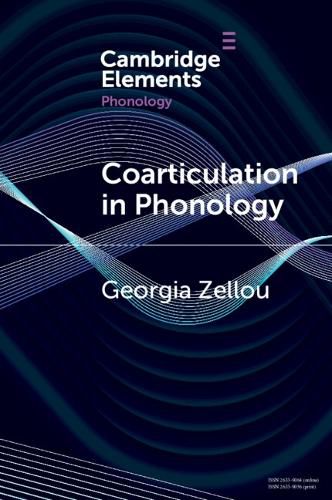Readings Newsletter
Become a Readings Member to make your shopping experience even easier.
Sign in or sign up for free!
You’re not far away from qualifying for FREE standard shipping within Australia
You’ve qualified for FREE standard shipping within Australia
The cart is loading…






There is debate about how coarticulation is represented in speakers’ mental grammar, as well as the role that coarticulation plays in explaining synchronic and diachronic sound patterns across languages. This Element takes an individual-differences approach in examining nasal coarticulation in production and perception in order to understand how coarticulation is used phonologically in American English. Experiment 1 examines coarticulatory variation across 60 speakers. The relationship between speaking rate and coarticulation is used to classify three types of coarticulation. Experiment 2 is a perception study relating the differences in realization of coarticulation across speakers to listeners’ identification of lexical items. The author demonstrates that differences in speaker-specific patterns of coarticulation reflect differences in the phonologization of vowel nasalization. Results support predictions made by models that propose an active role by both speakers and listeners in using coarticulatory variation to express lexical contrasts and view coarticulation as represented in an individual’s grammar.
$9.00 standard shipping within Australia
FREE standard shipping within Australia for orders over $100.00
Express & International shipping calculated at checkout
There is debate about how coarticulation is represented in speakers’ mental grammar, as well as the role that coarticulation plays in explaining synchronic and diachronic sound patterns across languages. This Element takes an individual-differences approach in examining nasal coarticulation in production and perception in order to understand how coarticulation is used phonologically in American English. Experiment 1 examines coarticulatory variation across 60 speakers. The relationship between speaking rate and coarticulation is used to classify three types of coarticulation. Experiment 2 is a perception study relating the differences in realization of coarticulation across speakers to listeners’ identification of lexical items. The author demonstrates that differences in speaker-specific patterns of coarticulation reflect differences in the phonologization of vowel nasalization. Results support predictions made by models that propose an active role by both speakers and listeners in using coarticulatory variation to express lexical contrasts and view coarticulation as represented in an individual’s grammar.